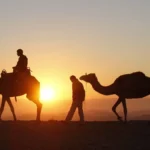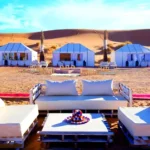
The Marathon des Sables, or Marathon des Sables, is perhaps the toughest race in the world. Held every year in southern Morocco, it covers 250 kilometers over six stages. Runners face the challenge of running in the desert, in inhospitable terrain, and in temperatures that vary greatly from day tonight.
The Marathon des Sables is not only famous for the physical and mental challenge it presents to the runners, but also for its charitable background. The funds raised are donated to foundations or local social projects. For a few days, the Sahara desert brings out the best in everyone.
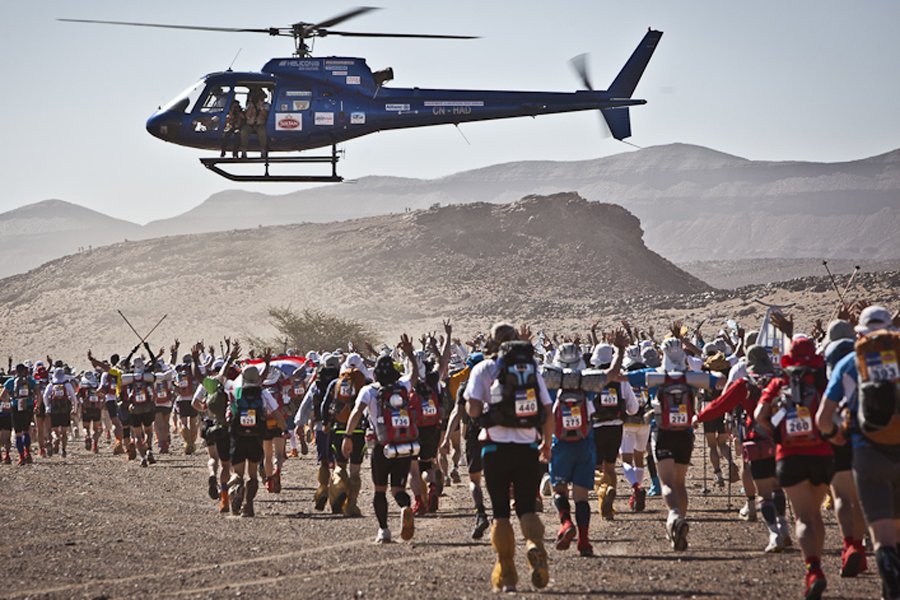
Every year, a challenge
The race was created by Frenchman Patrick Bauer. In 1984, while walking alone in the desert, Bauer began to reflect on how sporting activity transforms people. It was then that he had the idea of organizing a race that was both a challenge in itself and had solidarity at its heart.
The first edition of the Marathon des Sables was held in 1986, with only 23 participants, and since then more than 20,000 runners have taken part in the races held every year, usually in April. In 2020, however, the 35th edition has been moved to September as a result of the worldwide confinement caused by the coronavirus.
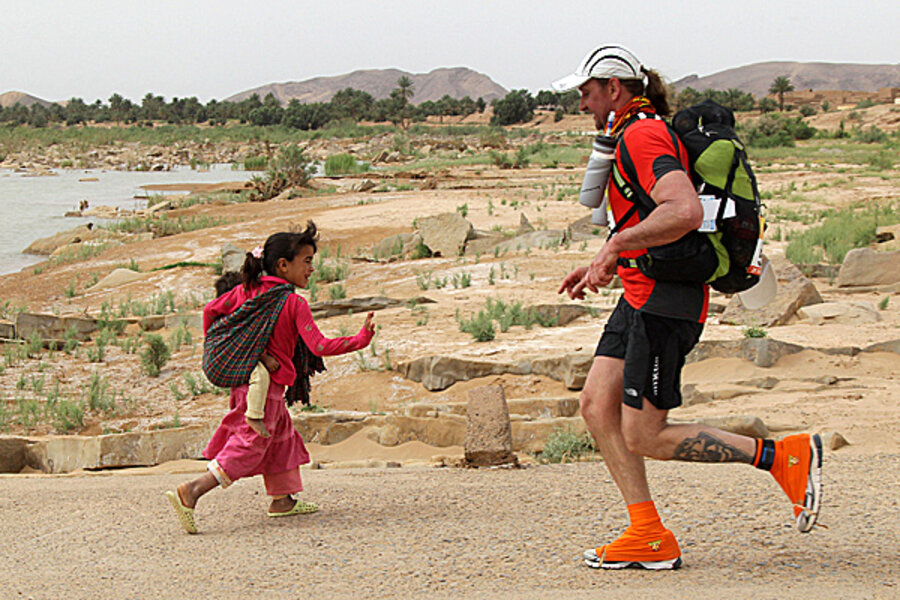
Solidarity projects
In the years that the race has been held, there have been many solidarity projects that have been successful. In the village of Alright, a canalization system was created to provide 150 people with drinking water. In the town of Jdaid, a handicraft complex was built for the education of women and in Ouarzazate, a sports center was built to transmit the values of sport to the children of the area. These are just a few examples, but there have been many others that have been made possible thanks to the 34 previous editions.
The stages that the 800 or so runners have to face are between 20 and 40 kilometers long, except for one stage of about 80 kilometers. The route changes from year to year, but it covers plains, dry riverbeds, dunes, and rocky sections. Continuous climbs and descents, and some considerable slopes that put the body to the limit. This is why each runner has to undergo a rigorous medical examination before taking on the challenge.


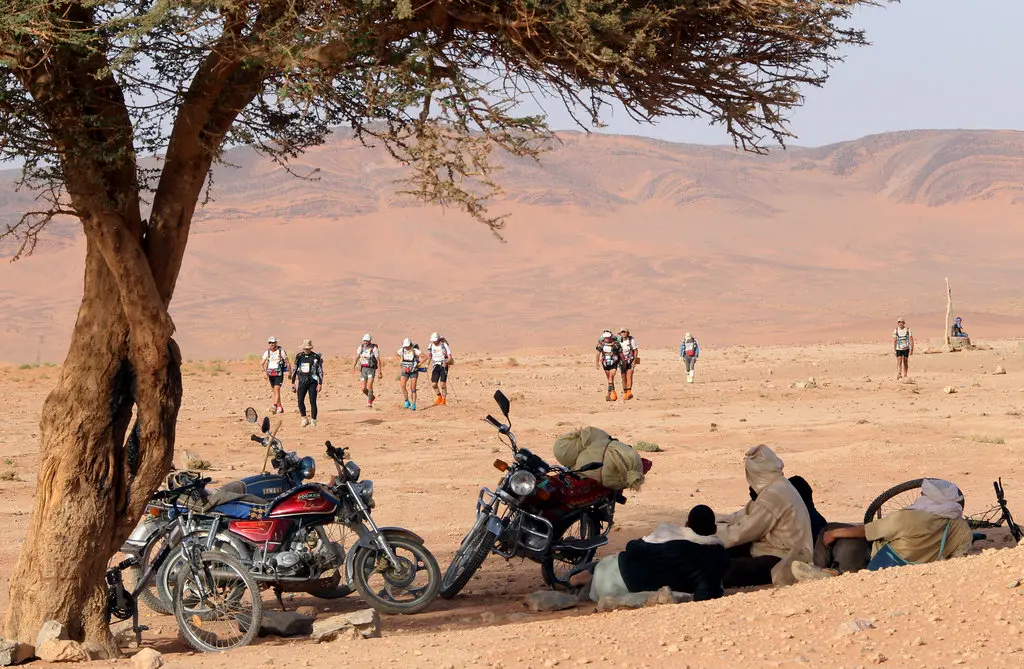
The difficulty of the race
In addition to the harsh climatic and environmental conditions, each runner has to carry the necessary elements to get through the six stages, including warm clothing to overcome the drastic drop in temperature during the night, a sleeping bag and insulation, and food with a minimum of 2,000 calories per day. The weight must be between 6.5 and 15 kilos, and the organization is responsible for providing participants with 9 liters of water per day, distributed at the obligatory checkpoints, from two to six depending on the stage. Afterward, the runner has to dose his water for the course of the race and his subsequent rest time.
Race has many difficulties. Sometimes the temperature reaches almost 50 degrees Celsius during the day and vision is impaired by the desert sand. Ninety percent of the participants run the race, with corresponding rest periods, while 10 percent of the participants walk. In both cases, it is necessary to use your strength and control your mind, which is what can really play tricks on you.
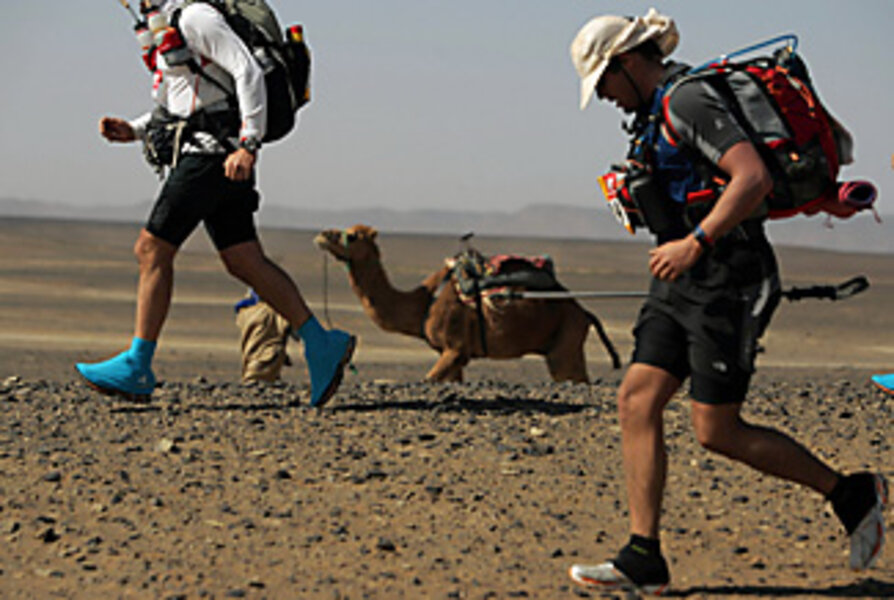

Many anecdotes
In the 35 years of the race’s existence, there are many anecdotes. The youngest participant was 16 years old, while the oldest was 79. In 1994, the Italian runner Mauro Prosperi got lost during a sandstorm; he turned up nine days later in Algeria with a nomadic group. In 2007 the athlete Bernard Jule died from the effort despite being in good health.
Last year’s edition was won by Moroccan Rachid El Morality for the seventh consecutive year. The runner took 18 hours, 31 minutes, and 24 seconds to complete the course. Alongside Rachid, a dog, Cactus, who ran 120 kilometers together with the athletes, was also awarded a medal, finishing in the top 50 of the general classification and completing the entire 76 kilometers of the longest day. In the evening he was hydrated by the runners, who used their own water to quench his thirst. The dog received a medal and was attended to by a vet, who certified that he was in good general condition while his family, who had been located, came to collect him.
The race through the dunes of the Sahara is an unforgettable experience for the runners who take part in the Marathon des Sables. They all agree that it is a before and after in their lives. A total of 250 kilometers of extraordinary toughness proves, once again, that man can do anything he sets his mind to, with the sole impulse of his desire to excel.

